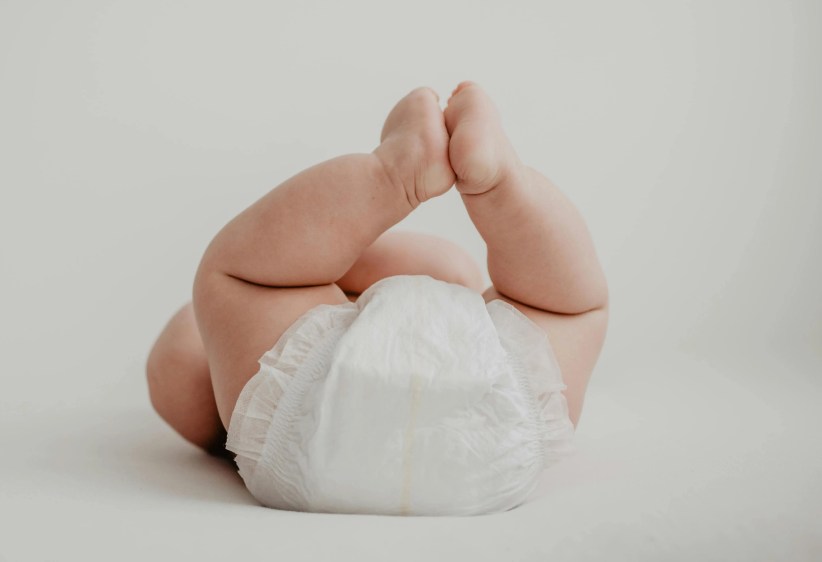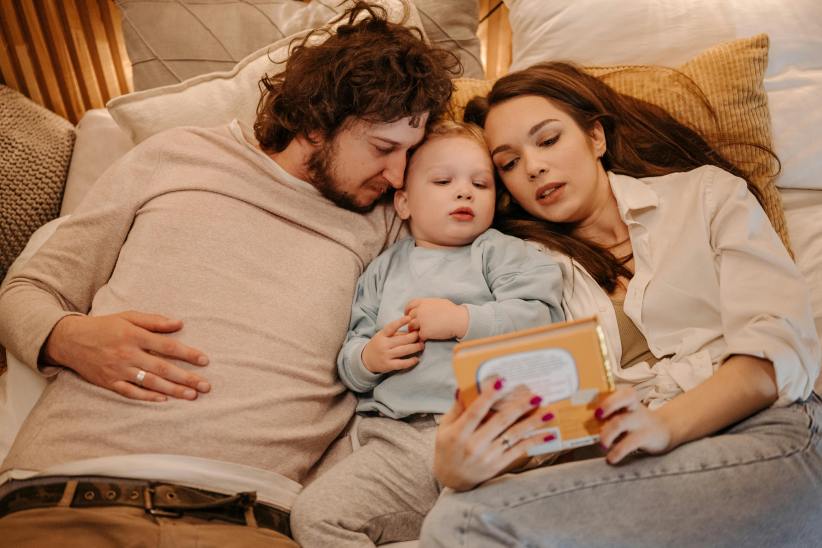 It’s easy to see that there are greater benefits to be gained by skipping the baby-food aisle and making your own foods at home than by using commercial baby food. However, I also realize that every home is different, and you should determine the best way for your family to address this issue. Maybe you’ll make all the baby food at home, or maybe you’ll make just a few key foods. But the most important thing to remember is that home-prepared foods will help you build a bridge between “baby feeding” and “family feeding.”
It’s easy to see that there are greater benefits to be gained by skipping the baby-food aisle and making your own foods at home than by using commercial baby food. However, I also realize that every home is different, and you should determine the best way for your family to address this issue. Maybe you’ll make all the baby food at home, or maybe you’ll make just a few key foods. But the most important thing to remember is that home-prepared foods will help you build a bridge between “baby feeding” and “family feeding.”
Your baby will see the whole process—see the bright yellow banana before it’s mashed up, and maybe even share some of it with you. She will smell and taste natural variations, such as ripeness. Some of your homemade banana will be thinner and some will be lumpier, depending on how long you pureed or mashed it. All of these factors are important in teaching your infant to desire a variety of healthy tastes, consistencies, and smells. Making baby food at home will also make it easier for you to help your child advance from purees to mashed food, to small pieces, and later to self-feeding. What’s more, I think you’ll find making baby food much easier than you expected.
Almost all baby-food recipes can be broken down into four simple steps as follows:
1. Cook/steam/bake. This step is for foods a baby can’t eat raw, such as sweet potatoes, green beans, peas, white potatoes, broccoli, cauliflower, oatmeal, and carrots. Cook these foods the way you would cook something for yourself. This is very basic cooking—sticking a sweet potato into a 400-degree oven for an hour and baking it, for example, or steaming carrots or broccoli. There are shortcuts you can use. For example, my cousin works full-time and is making food for her second child. She uses organic canned green beans that she can puree at home, thus skipping the step of cooking green beans. Frozen produce is a lifesaver, too!
2. Blend. My favorite tools for blending are a high-powered traditional blender and an immersion blender because you can continue to use them for years (even decades). Special baby-food appliances are often easy to use and clean, but may have less utility as kids grow. An immersion blender is handy because it goes right into the pot, meaning you skip the step of transferring food into a blender. An immersion blender is especially useful when making soups. A mini–food processor is also a useful tool. It takes up little room and is a cinch to use. You can throw regular oatmeal into it, turn it on, and in seconds have your own baby-food oatmeal that’s super-smooth. You can throw in chunks of cooked potato, sweet potato, or carrots and have a smooth texture in seconds. And last but not least, when your child can start eating lumpier and bumpier foods, I love my good old-fashioned potato masher!
3. Add liquid. Whatever appliance you are using to puree, you will probably need to add extra liquid to achieve the right consistency, especially when your baby is first starting solids and needs food very thin and smooth. While some foods such as zucchini can easily be pureed and served just as they are, many other foods, such as carrots, sweet potatoes, and chicken, need a little help from added liquid. Great options include water, breast milk, and healthy homemade or organic low-salt chicken or vegetable broth.
4. Store as desired. Don’t hesitate to make a big batch and store some for later. Leftovers can be used on their own or as add-ins. For example, extra pureed carrots and sweet potatoes, can be kept on hand to add texture and flavor to other foods. You don’t need anything fancy here! The best option for storage is simple ice-cube trays. Transfer your purees to ice-cube trays, then freeze. After the blocks are frozen, pop them out and store them in freezer-safe bags or containers. As you need them, take out and thaw the frozen blocks.
Excerpted from What to Feed Your Baby by Tanya Altmann, M.D.
Dr. Tanya is a UCLA-trained pediatrician who practices in Southern California. In addition to being a working mother and releasing her two books, What to Feed Your Baby: A Pediatrician’s Guide to the 11 Essential Foods to Guarantee Veggie-Loving, No-Fuss, Healthy-Eating Kids and Mommy Calls: Dr. Tanya Answers Parents’ Top 101 Questions About Babies and Toddlers, she has also been featured as a child heal expert on numerous news programs including Today, Fox News Channel, KTLA 5 Morning News, and The Doctors. Dr. Tanya has served on the board of the National Association of Medical Communicators and the executive board of the American Academy of Pediatrics’ Committee on Communications and Media.



















